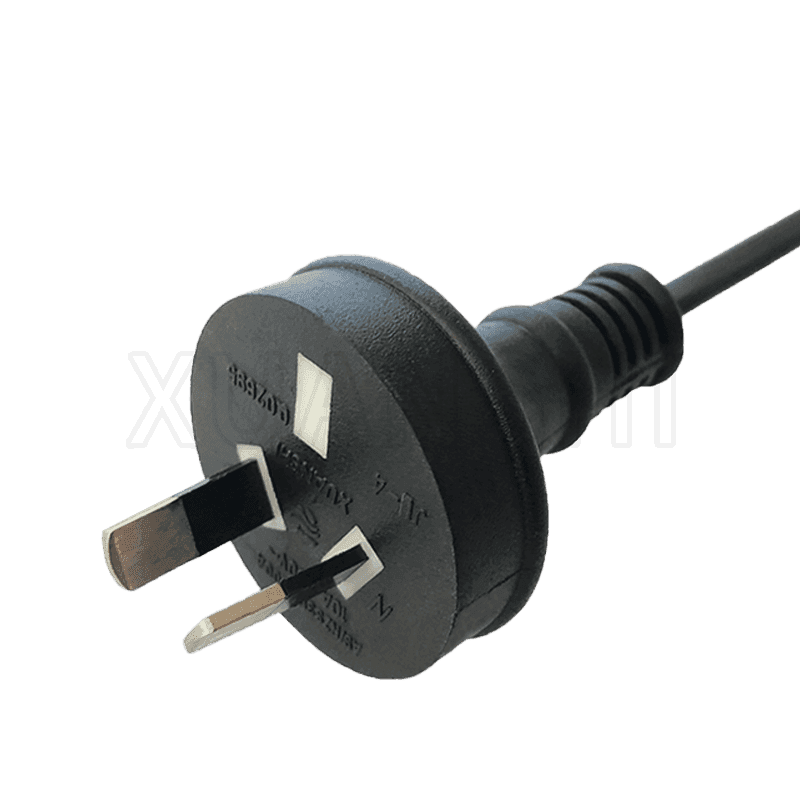Power cords are an integral part of our everyday lives. From charging our smartphones to powering household appliances, power cords provide the electrical connection we need to keep our devices running. But have you ever wondered how power cords work and why they matter?
At first glance, power cords may seem like simple cables that connect an electrical device to an outlet. However, beneath their seemingly basic exterior lies a complex system that ensures the safe and efficient transfer of electricity. Let's take a closer look at the key components and principles involved.
Conductors: The Foundation of Power Transfer
Power cords consist of conductors, which are typically made of copper or aluminum. These conductors are responsible for carrying electric current from the source (such as a power plant or outlet) to the device being powered. Copper is often chosen due to its excellent electrical conductivity, low resistance, and durability.
Insulation: Protecting Against Electrical Hazards
Surrounding the conductors is an insulation layer, which serves as a protective barrier. The insulation prevents direct contact between the conductors and any surrounding materials, reducing the risk of electrical shock or short circuits. Common insulating materials include PVC (Polyvinyl Chloride) and rubber, chosen for their high dielectric strength and ability to withstand heat and physical stress.
The Plug and Connector: Ensuring a Secure Connection
On one end of a power cord, you'll find the plug, which is designed to connect to an outlet or power source. The plug comprises prongs that fit into the slots of the outlet, establishing a secure electrical connection. The number and configuration of prongs vary across regions and countries, ensuring compatibility and safety standards are met.
On the other end of the cord, you have the connector, which attaches to the device being powered. Connectors come in various forms, such as IEC (International Electrotechnical Commission) connectors for computers or the USB (Universal Serial Bus) connectors for smartphones and other portable devices. These connectors are carefully designed to provide a reliable connection, ensuring the efficient flow of electricity.
Voltage, Amperage, and Wattage: Understanding Power Requirements
Power cords are rated to handle specific voltages and amperages, and it's crucial to choose the right cord for the intended device. Voltage refers to the electrical potential difference, while amperage measures the flow of electric current. Wattage, on the other hand, represents the amount of power consumed by a device, calculated by multiplying voltage by amperage.
Different devices have varying power requirements, and using an incorrect power cord can lead to inefficiencies or even damage. Overloading a power cord beyond its rated capacity may cause overheating, melting, or electrical fires. It is important to match the power cord's specifications with the device's power requirements to ensure safe and reliable operation.
Shielding: Minimizing Electromagnetic Interference
Electrical devices emit electromagnetic fields during operation, which can interfere with nearby electronic devices. To mitigate this interference, power cords often incorporate shielding. Shielding consists of a layer of conductive material, usually aluminum or copper, wrapped around the inner conductors. This shield helps contain the electromagnetic fields within the cord, reducing their impact on other devices.

Exterior Color Black and white or customized
Input Voltage and Current 10A 250V AC
Wiring V-75/4V-75 250/400 2*0.75/1.0mm²
V-75/4V-75 250/400 2F*0.75mm²
H05RR-F 2*0.75/1.0mm²
H05RN-F 2*0.75/1.0mm²
Brand XUANSHI
Product Certification SAA
